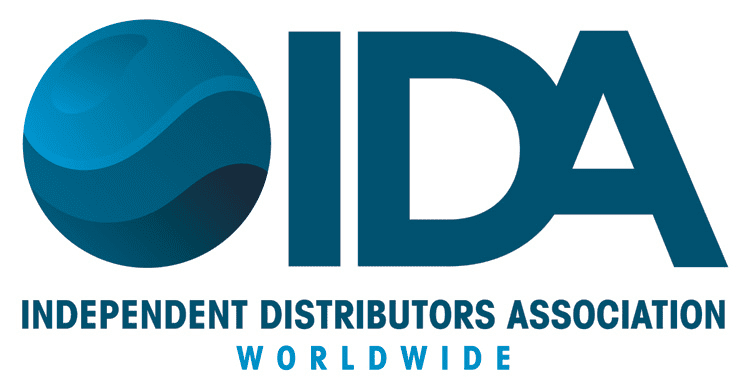What It Means for Distributors and Buyers
The construction equipment market saw a slight decline in prices this past February, according to recent reports. While this may seem like a minor fluctuation, for independent distributors and equipment buyers, even small shifts in pricing can indicate larger industry trends.
The price decline observed in February was primarily due to market stabilization after years of high demand and supply chain disruptions. During the pandemic and its aftermath, manufacturers struggled to keep up with demand due to supply shortages, which led to inflated equipment prices. However, with supply chains recovering and demand leveling off, prices have begun to normalize.
The dip in prices appears to be more evident in certain categories, particularly used construction equipment. Auction values have softened slightly, as more units become available in the secondary market. This shift benefits buyers who have been facing historically high prices over the past two years. However, new equipment prices remain relatively firm, as manufacturers continue to deal with elevated production costs, including labor and raw materials.
For independent distributors, this trend presents both challenges and opportunities. Inventory management will be crucial, as distributors may need to adjust pricing strategies and stock levels to remain competitive. Holding onto high-priced equipment for too long could result in losses if prices continue to decline. At the same time, buyers who were previously hesitant due to high costs may now be more willing to invest, especially in used equipment. This shift in demand presents an opportunity for distributors to attract new customers and strengthen relationships with existing ones.
With more companies considering used equipment purchases, there is also a growing need for parts, repairs, and maintenance services. Distributors can capitalize on this trend by enhancing their aftermarket support offerings, ensuring they provide value beyond just sales.
While February saw a dip, it remains uncertain whether this trend will continue or stabilize. Factors such as interest rates, infrastructure spending, and global economic conditions will influence the equipment market in the coming months. For now, both buyers and distributors should stay informed and agile in their decision-making.
For the independent distribution sector, adapting to these market changes is key. Keeping a close watch on pricing trends, adjusting sales strategies, and expanding service offerings will ensure long-term success in a fluctuating market.


